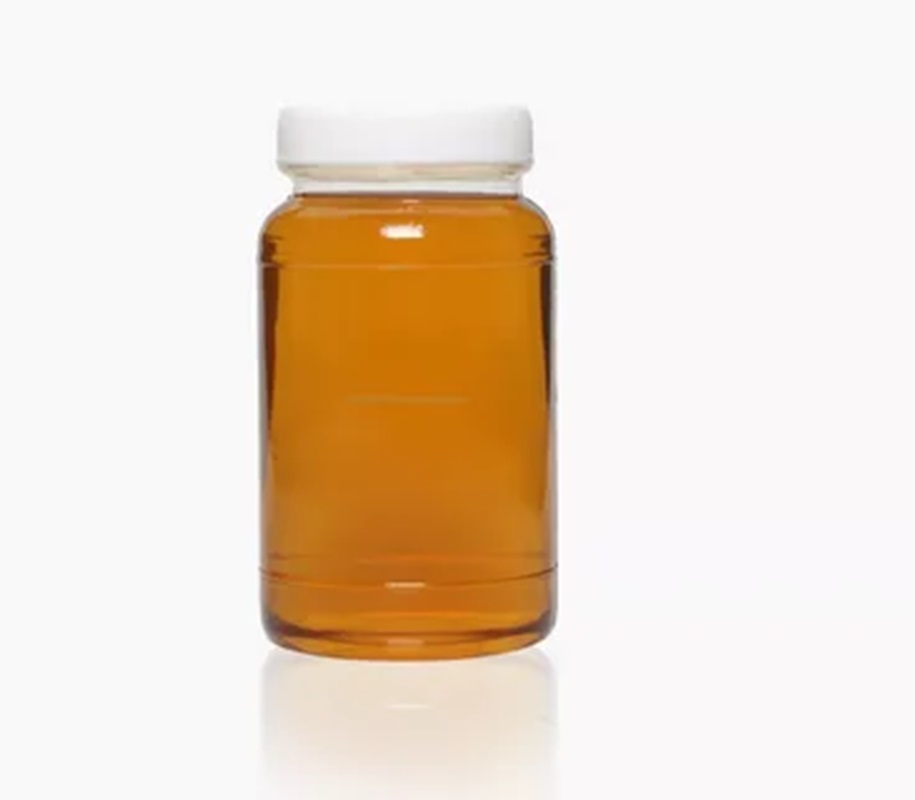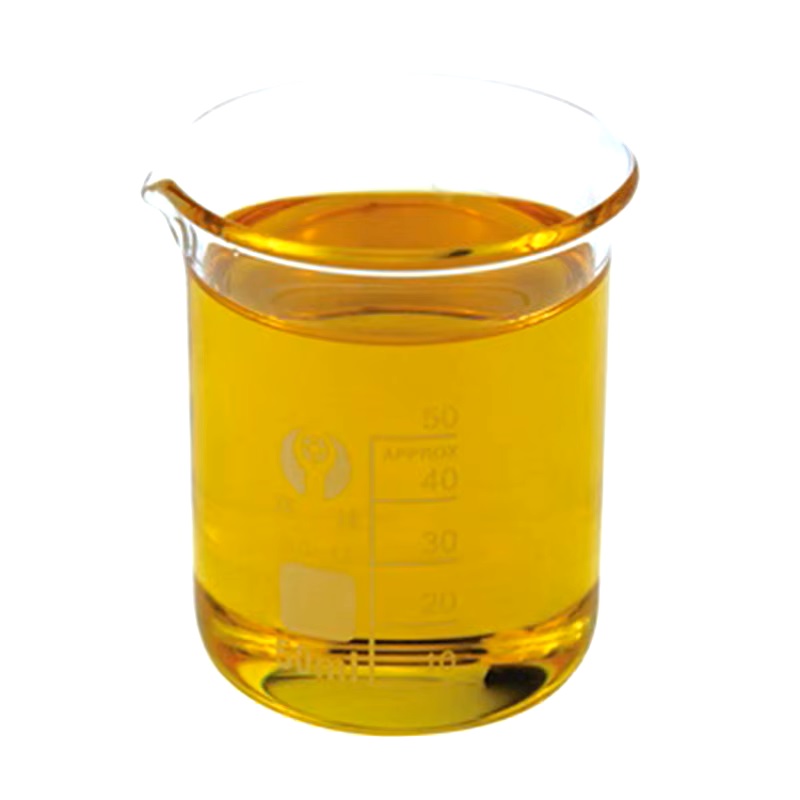We unleash your business potential by maximize the business innovation.
Send EmailCoco Fatty Acid, Distilled Coco Fatty Acid, 61788-47-4
Appearance: Odorless Colorless Liquid
Chemical Name: (9 Z ) -Octadecenoic acid, (9 Z ) -octadec-9-enoic acid
Cas no: 61788-47-4
Chemical Formula: C18H34O2
Packaging Type: 180 Kg Barrel
Other Names:
PALMERA Coconut Acid
Jordapon® SB II
CremerAC® C 8-18
CremerAC® C12-18 Organic
Prifac™ 7901 (D)
Prifac™ 7904
Prifac™ 7907
Coconut Acid
BAFRORII T60
VegePol PF (D)
Lonza
Definition and Usage:
Cocoa fatty acid is an unsaturated fatty acid found in nature as glycerin ester in many plant oils and 30% in animal fats. Oleic acid, which has two crystal structures and is shown with the chemical formula C17H33COOH, is the most important of the unsaturated fatty acids. Beta oleic acid melts at 16.3 degrees, while alpha oleic acid melts at 13.4 degrees. There is one double bond between the ninth and tenth carbons of the molecule. It is a light yellow, 18-carbon monounsaturated fatty acid from the omega 9 series, which is sufficiently found in the cell membrane structure. It is a sub-product of stearic acid production in the industrial field. It is produced from the liquid obtained from fatty acid gelatins under pressure. It can be distilled with low pressure and gives a bitter odor under the effect of air. Cocoa fatty acid binds two hydrogen atoms and turns into stearic acid. It can be converted into elaidic acid with nitric acid.
Fatty acid, which is insoluble in water, is slightly soluble in alcohol and is well soluble in most ethers and organic solvents. Since it is an unsaturated fatty acid, it gives addition reactions. It gives addition compound with bromine. Coco fatty acid is found in the composition of olive oil at a rate of 71-91%. It is also found in vegetable oils such as hazelnut oil and sunflower oil.
Fatty acids (or their salts) are not seen as often as in biological systems. Instead, coco acid fatty acids are found as esters, which are fatty substances in many natural oils, usually triglycerides. Fatty acids can be obtained through the saponification process.
Coco fatty acid is the most abundant fatty acid in human fat tissue and second only to palmitic acid, which is abundant in the human body.
Areas of Use
Oleic acid obtained from the hydrolysis of oils is used as a catalyst in hydrolysis, zinc or aromatic sulfanic acid.
The acid separated as free acid is cooled and pressed and removed. It is then purified by fractional distillation at low pressure.
It is mostly used in soap making, medicine, polish production, leather and textile sectors. It is the raw material of the soap industry.
It has been determined by research that it reduces the risk of high blood pressure as a monounsaturated fatty acid, balances cholesterol and provides protection against cardiovascular diseases.
It also reduces the insulin requirement of diabetics and has a protective effect against cancer types.
This fatty acid is used to produce solid elaidic acid when treated with trace amounts of HNO2. It is used as an amine lubricant in ink production.
Coco fatty acid is also used to induce lung damage in some animal species, to test new drugs and to use other tools in the treatment of lung diseases.
Intravenous oleic acid administration, especially in sheep, causes acute lung damage with corresponding pulmonary edema. Such research is particularly useful for premature newborns, where treatment for underdeveloped lungs (and related complications) is often a matter of life and death.


